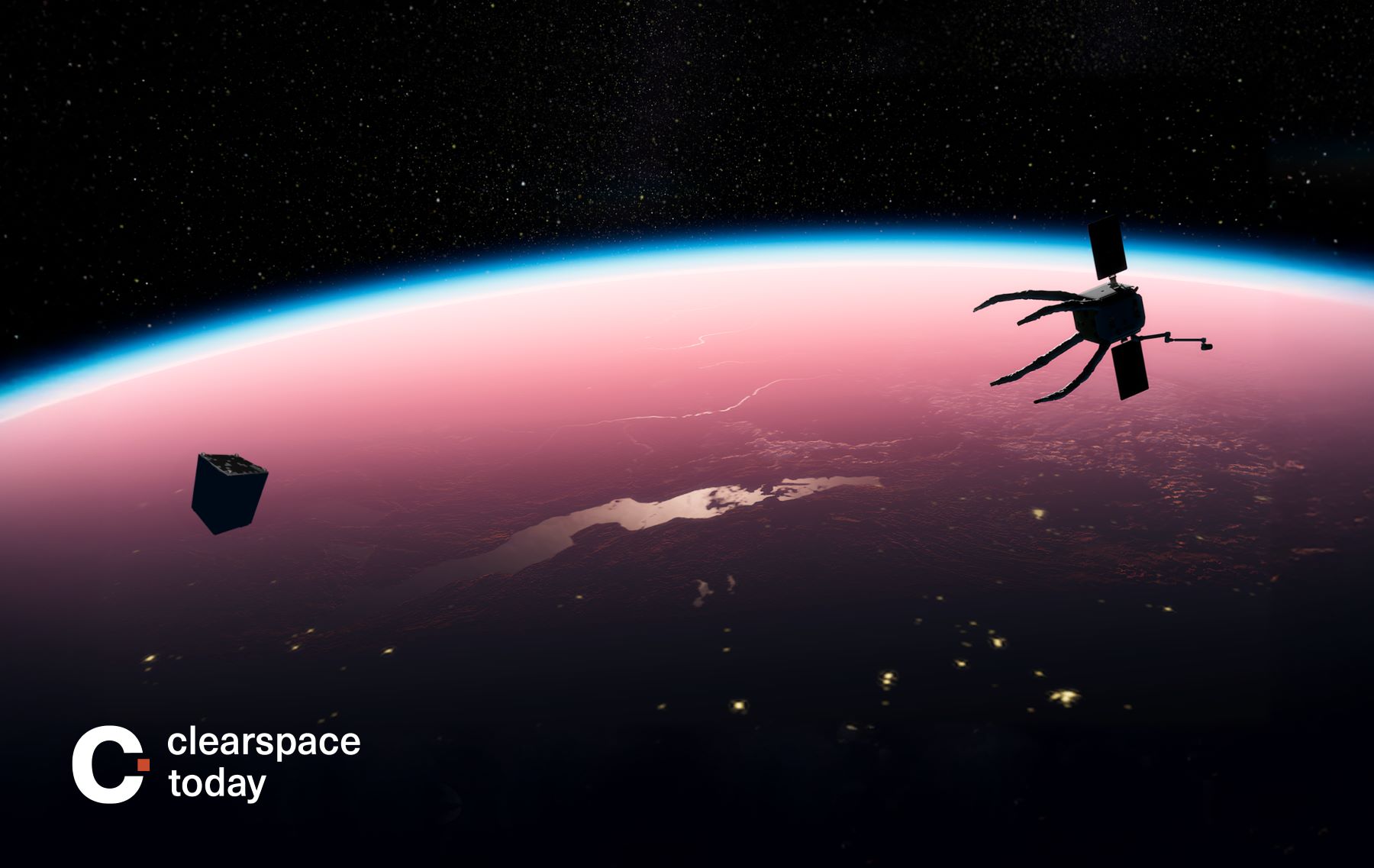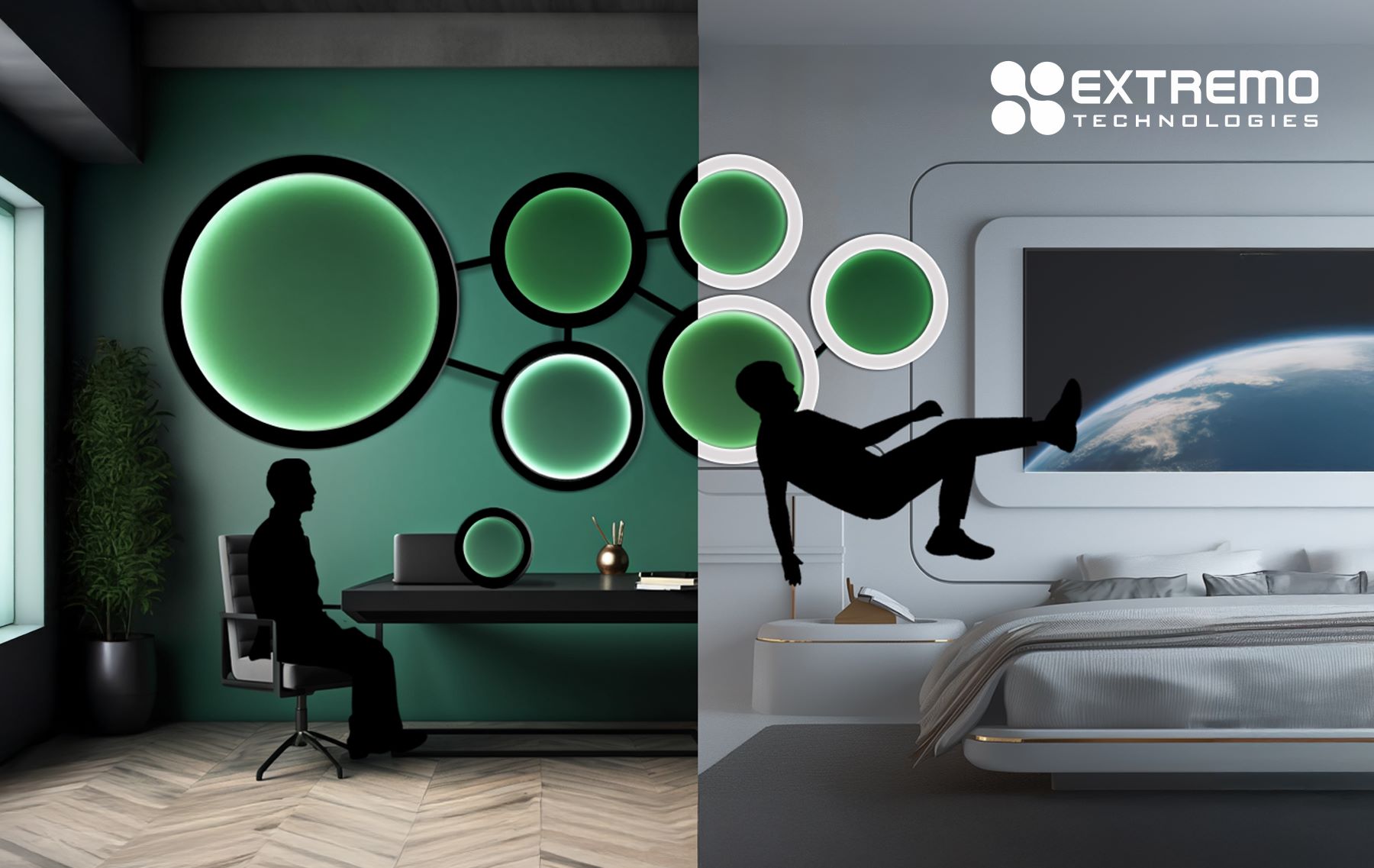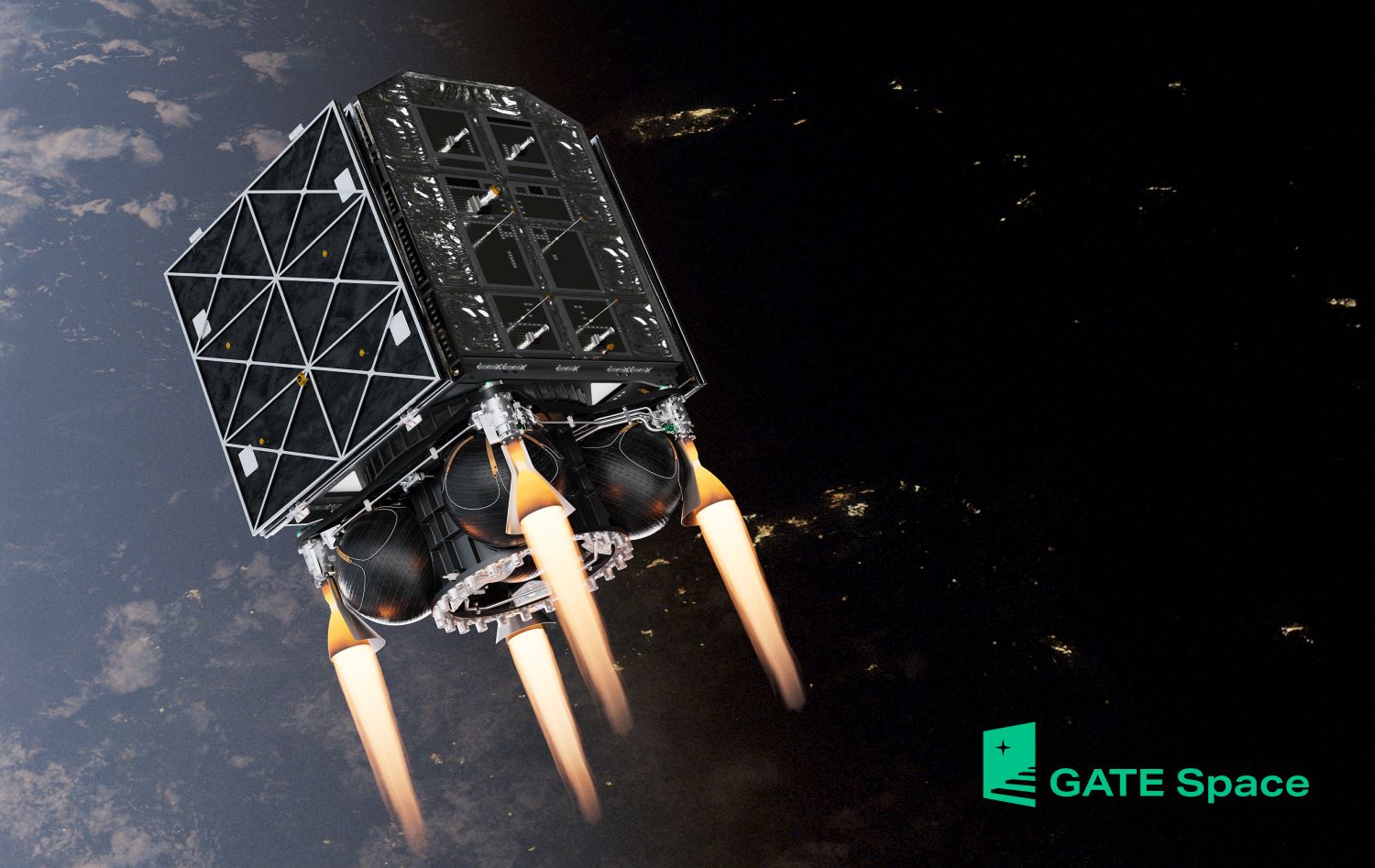For the past twenty years, the network of over 30 ESA Business Incubation Centres (ESA BICs) spread across Europe has been a nurturing ground for more than 1,450 start-ups, and supported innovative companies to make strides in both downstream and upstream markets.
In the downstream sector, they are harnessing space data and technology to develop applications that impact a wide array of industries here on Earth. From agriculture to finance, and transport to healthcare.
Meanwhile, in the upstream domain, these start-ups are contributing to the in-space and in-orbit market sector, working on advancements that push the boundaries of space exploration and utilisation.
In this article, we present three success stories from start-ups that were supported by the ESA BICs programme. The focus is on the upstream business sector, where these companies exemplify how business and space can foster innovation for the benefit of the whole European ecosystem.
ClearSpace
Founded by Luc Piguet and Muriel Richard in 2018
Alumnus of ESA BIC Switzerland

An artistic impression of the ClearSpace-1 servicer approaching Proba-1 during ClearSpace-1 mission”, attributed to ClearSpace
ClearSpace, an in-orbit servicing (IOS) company created in 2018, is intent on revolutionising how space missions are conducted. The company is creating the technologies that will support a wide range of IOS applications, from disposal and in-orbit transport to inspection, assembly, manufacturing, repair, and recycling. They are becoming a global company with dynamic engineering teams in Switzerland, the UK, Germany, Luxembourg and in the United States. ClearSpace aims to support institutions and commercial operators alike to enhance sustainable space operations and promote a circular space economy.
To gain more insight into ClearSpace’s innovative approach and future plans, here is an interview with the start-up.
Q: How did you first come up with the idea for ClearSpace?
A: With a background in aerospace engineering and experience working on various space missions, Muriel Richard, ClearSpace’s Chief Technology Officer, had a deep understanding of the technical challenges posed by space debris. This awareness fuelled her determination to develop a solution that could actively remove debris from orbit. Meanwhile, Luc Piguet, CEO of ClearSpace, has long been fascinated by space and technology. He realised the critical importance of addressing the space debris issue while working in the technology sector, where he witnessed firsthand the rapid advancements in satellite technology and the increasing number of objects being launched into orbit. The combination of Luc’s vision of a new industry focused on cleaning up space and Muriel’s technical expertise led to the creation of ClearSpace.
Q: With a growing number of satellites orbiting Earth, space debris is a significant challenge for today’s space industry. What is ClearSpace’s role in the future of space debris?
A: ClearSpace is primed to take a leading role in ensuring that space remains a sustainable and accessible environment for future generations. By developing and implementing cutting-edge technologies for space debris removal, ClearSpace is not just addressing a critical issue; we are actively shaping a more responsible and sustainable future for space exploration. The ClearSpace-1 mission marks an exciting beginning, serving as a proof-of-concept that demonstrates that debris removal is not only feasible but essential for maintaining a safe and sustainable space environment. By showing that we can tackle the debris challenge, ClearSpace is inspiring stakeholders across the space industry to embrace more sustainable practices, such as designing satellites with deorbiting capabilities or planning for the end-of-life of spacecraft.
Q: ClearSpace started out in Switzerland and has since been expanding globally. How did your time at ESA BIC Switzerland help the company?
A: The time at ESA BIC Switzerland was foundational for ClearSpace. It provided the essential resources, support, and global perspective needed to transition from a bold idea into a leading player in the space sustainability sector. The robust and international support network enabled us to connect with a community of experts, mentors, and like-minded entrepreneurs. ESA BIC Switzerland fostered a culture of innovation, particularly in addressing sustainability challenges, which was a perfect fit for ClearSpace’s missions to clean up space debris. This enriching environment empowered us to advance our goals and make a meaningful impact in the realm of space sustainability.
Extremo Technologies
Founded by Ewa Borowska in 2021
Incubatee of ESA BIC Poland

With their AirO2 biopanel project, Extremo Technologies wants to provide solutions both on Earth and in space”, attributed to Extremo Technologies
Extremo Technologies specialises in the use of extremophilic microalgae in the development of advanced biotechnological solutions. Their vision is to be a leading force in the development of bio-regenerative technologies that enable long-term human presence in space and contribute to a sustainable future on Earth. The company aspires to revolutionise life support systems and environmental management by leveraging the unique properties of extremophiles. They are dedicated to advancing scientific research and technological innovation to address the challenges of space exploration and environmental sustainability.
An interview was conducted with the team at Extremo Technologies to learn more about their groundbreaking work, including their upcoming space experiment, their experience at ESA BIC Poland, and the potential terrestrial applications of their technology.
Q: You will be sending an experiment to space with a Polish astronaut in 2025. What do you hope to gain from this test?
A: This Space Volcanic Algae experiment studies the survival and adaptation of extremophilic volcanic microalgae to microgravity and space conditions. The results of the ISS microalgae experiments will be crucial for future human space exploration, including future missions to the Moon, especially in the context of closed-loop systems (space habitation) and space medicine. Extremophilic organisms play and will continue to play a key role in space travel, as their extraordinary adaptive properties and resistance to many variable factors make them the best solution for use in closed-loop systems and life support systems. Studying the microalgae’s resistance in microgravity and cosmic radiation conditions will allow for a better understanding of their functioning under multiple stress factors simultaneously.
Q: You will be completing your incubation at ESA BIC Poland. What are some of the biggest learnings you have been able to take away from your time there so far?
A: The incubation process was helpful in many aspects. Firstly, we received help for the company through many training courses, and additionally, ESA BIC gives the opportunity to join an environment of people who have already implemented projects in other countries. Such help, especially at the start, and the possibility of support in prototyping and a patent process application were key factors of support for us, for which we are very grateful.
Q: With your product, you want to help enable long-term human presence in space. Are there also use cases for your product here on Earth?
A: Our core product, the microalgae bio-panel, is designed to support crewed space missions by providing effective CO2 capture, storage, and removal, as well as oxygen production. This innovative technology is tailored for closed-loop systems, essential for sustainable living in space environments. The bio-panel was designed and developed for more sustainable terrestrial applications, as well as space conditions. The unique species of algae and light manipulations can provide a self-sufficient system for each of us – air purification and improvement of houses, offices, or space stations.
GATE Space
Founded by Moritz Novak, Alexander Sebo, and Clemens Weisgram in 2022
Alumnus of ESA BIC Austria

GATE Space develops novel propulsion solutions for satellites and other spacecraft”, attributed to GATE Space
GATE Space is pioneering green, chemical, in-space propulsion systems to support the NewSpace economy. Their flagship product, the Jetpack, is a plug-and-play propulsion solution for small satellites, providing mission-lasting mobility. Powered by the world’s first highly responsive, GATE Thruster, the Jetpack enhances satellite manoeuvrability, enabling orbital adjustments, collision avoidance, and more. GATE Space aims to revolutionise satellite operations with a focus on cost-efficiency, flexibility, and sustainability.
To explore GATE Space’s recent advancements and future plans in greater detail, an interview was led with their team, discussing their technical progress, collaborations, and dedication to sustainability.
Q: Your past year included some great technical and organisational advances, including expanding to the US and many cold flow and hot fire tests. What are some next steps with GATE Space you are looking forward to?
A: We have exciting times ahead. We are proud to be progressing on our core technology, the GATE Thruster, with its fifth iteration currently undergoing extensive testing. We are also excited about the advancements on our ESA Project for the Jetpack lander and look forward to demonstrating the Jetpack hover flight towards the end of 2024.
Q: You recently collaborated with ESA BIC Bavaria alumnus The Exploration Company for the development of a test stand for their Mistral thruster. What were your biggest learnings from this collaboration?
A: Through collaborating with The Exploration Company, our team was able to leverage its extensive expertise in the construction and operation of propulsion testing facilities. The project’s evolving requirements highlighted the importance of flexibility, reinforcing the need for a dynamic approach in engineering. We also learned the value that lies in handling every aspect of a project internally, as doing so allowed for seamless integration, consistent quality, and efficient problem-solving throughout the entire project. We are looking forward to applying this experience and collaborating on similarly innovative and cost-effective solutions in the future with other space companies as well.
Q: Sustainability is a topic of growing importance both in- and outside the space industry. What role does sustainability play in the work and vision of GATE Space?
A: Sustainability is central to GATE Space’s mission. We are deeply committed to advancing the space industry through innovation and developing propulsion systems that prioritise efficiency, and non-toxic, green propellants to minimise environmental impact. At GATE Space, our vision is a future where space exploration is environmentally responsible, with innovations that support long-term sustainability both in space and on Earth. Through collaboration and the continuous improvement of our products, we aim to set new standards for sustainability in the space industry.
This article was written for the occasion of the 20 years anniversary of ESA BIC in Europe.
For the full overview of this celebration, go to the LinkedIn group by clicking on the button below.